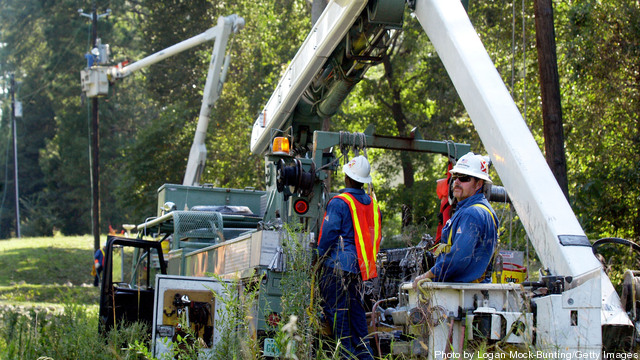
The language of short-lived sales and low-cost financing is more usually heard around used-car lots and department stores, but there isn’t any reason the same factors can’t apply to the utility business.
The short-term, act-now opportunity open to the power sector in the US is clear in an environment that will dictate significant capital investment, the authors of a new report from consulting firm Booz & Company argue. Keep reading →






 Economists at the National Economists Conference in February 2012.
Economists at the National Economists Conference in February 2012.